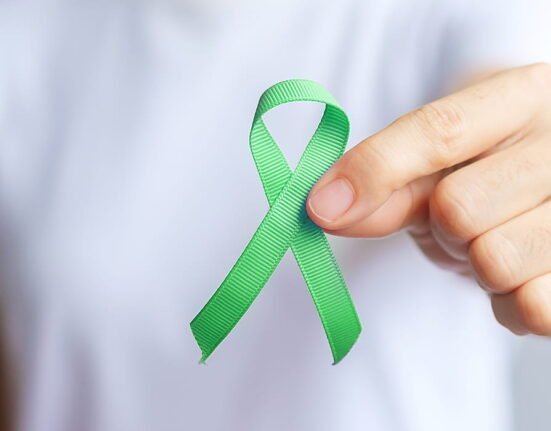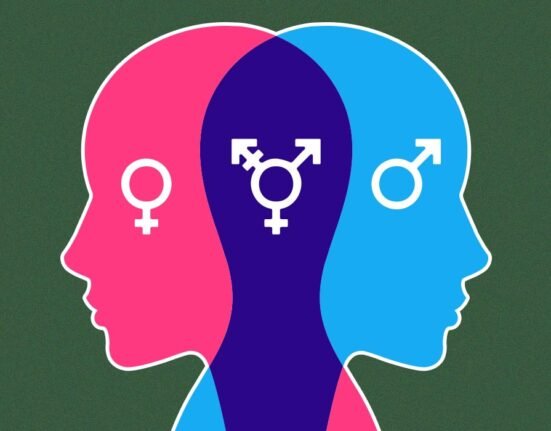A recent study found that more than a million people experience fatigue or low mood as daylight fades. These might be symptoms of a serious form of depression known as Seasonal Affective Disorder (SAD). The loss of interest, feeling of hopelessness, sleep or appetite change results from reduced sunlight that disrupts serotonin, melatonin, and the body’s circadian rhythm. According to experts, SAD can mirror Major Depressive Disorder (MDD), especially in winter. It impacts millions of Americans every year and should be taken seriously. Rebalance of mood and restoration of energy can happen with treatments such as light therapy, Cognitive Behavioural Therapy (CBT), and regular exercise.
What is SAD?
In simple terms, a disruption in brain chemicals and cardiac rhythm is experienced, affecting mood and energy due to a drop in natural sunlight. Professor Stephanie Cox, Department of Behavioural Medicine and Psychiatry, who is a part of WVU Rockefeller Neuroscience Institute at WVU School of Medicine, shared his in-depth understanding of the Disorder.
According to him, SAD is a disorder that mostly occurs in winter, especially in northern latitudes. The symptoms are associated with reduced exposure to sunlight, which affects the neurotransmitters in the brain, such as melatonin and serotonin, and disrupts the body’s circadian rhythm. The common symptoms in SAD are disrupted or impaired sleep, loss of interest in activities, feeling of hopelessness, difficulty concentrating, and a change in appetite.
These symptoms are persistent and significantly interfere with daily life. As the symptoms are identical or very similar to MDD, it is considered a type of depressive disorder. Young people, women, individuals with having family history of SAD, and existing mental health conditions have a higher risk of SAD. Light therapy is the most effective and common treatment. It involves sitting in front of a special light box that emits 10,000 lux of white light for 30-69 minutes daily in winter.
Read More: How To Beat Winter Blues: Understanding Seasonal Affective Disorder
Major Research Findings
Research has found that sunlight and mood are connected, as when daylight is reduced, it alters serotonin, melatonin, and the sleep-wake cycle, triggering depressive symptoms. There is a pattern of symptoms that could be recognised, such as it begins in the fall, peaks in winter, lasts throughout the winter and finally lifts by spring. In spring, as sunlight increases due to longer day hours, the symptoms improve. Medication, CBT, and light therapy seem to be effective treatment that improves symptoms starting early in the season is a preventive measure.













Leave feedback about this